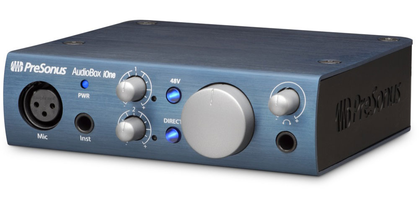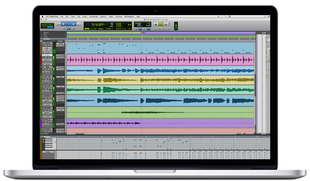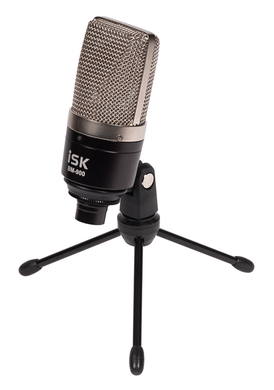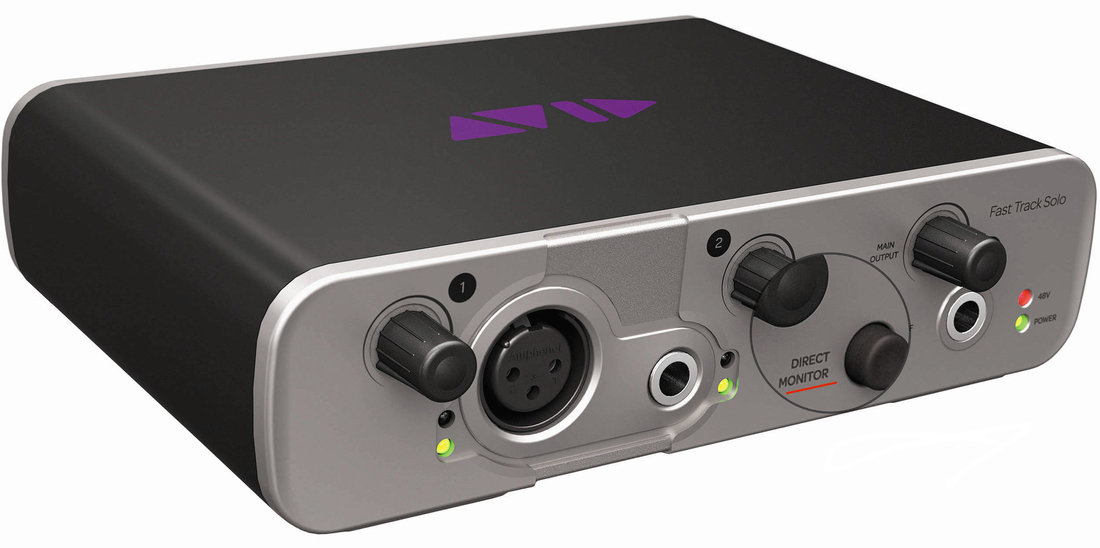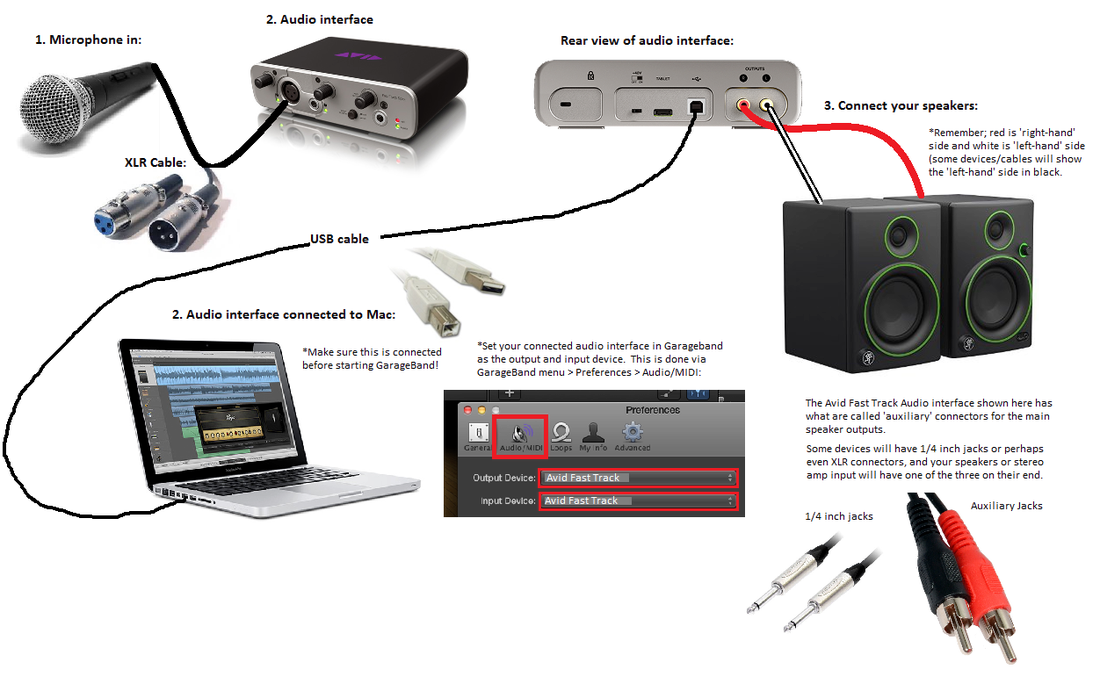Home Recording
|
There are some key factors to understand and become familiar with if you're to embark on recording at home:
|
- On the top right-hand side of this page are links to some specific Digital Audio Workstation software package info pages with useful tutorial videos to get you started...

